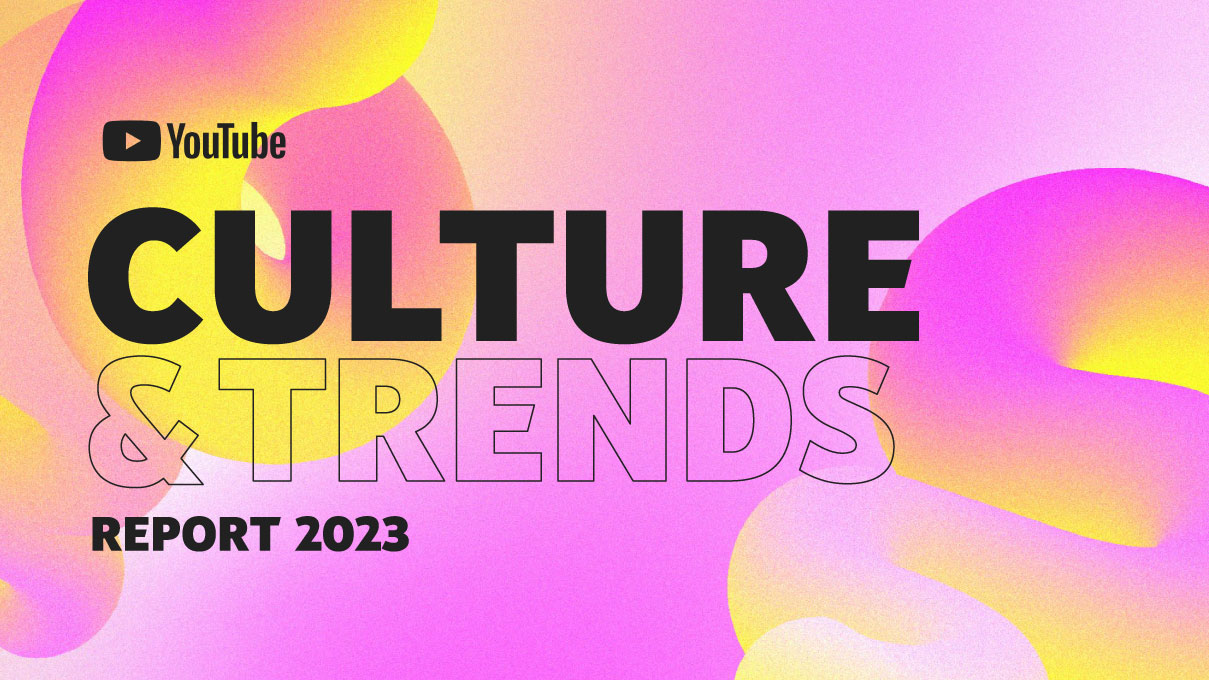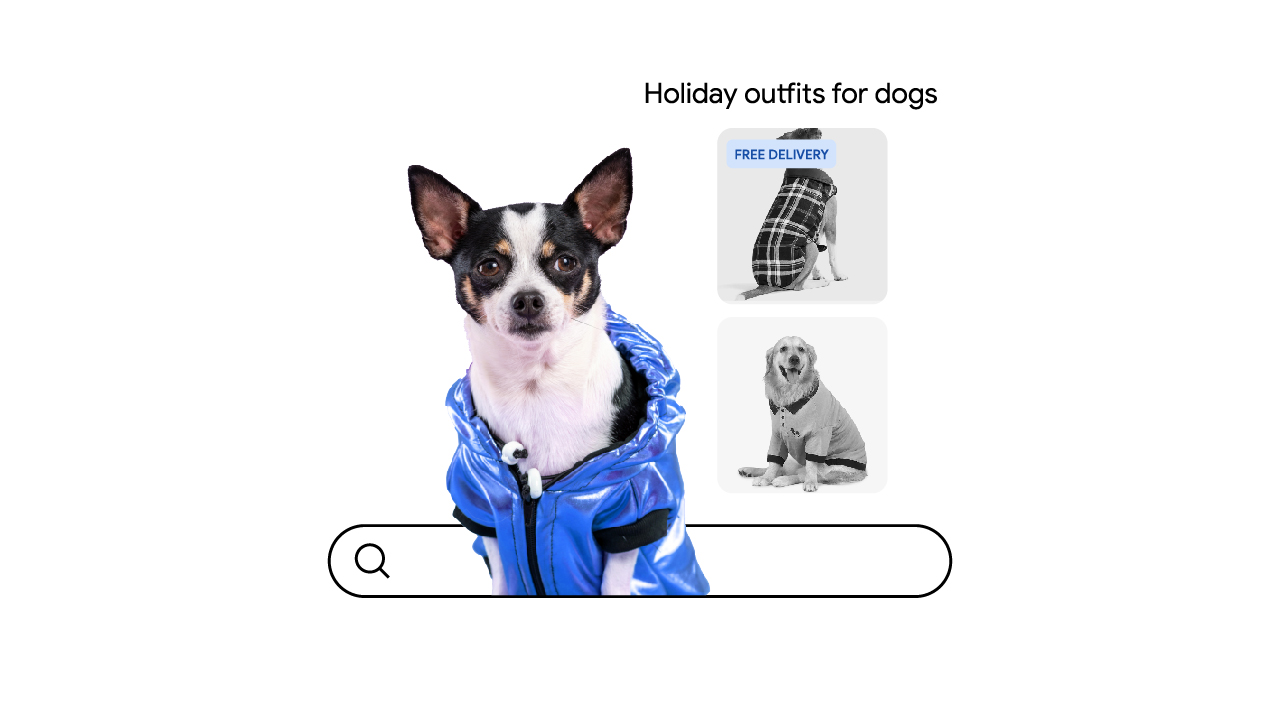Thai consumers’ love for online information offers vital clues for digital marketers looking to win their attention. Here, Mike Jittivanich, head of marketing at Google Thailand, shares how brands can create digital campaigns that delight and captivate Thai audiences.
Thai consumers have a huge appetite for online content. They currently rank third globally in time spent online at a daily average of 9 hours and 11 minutes. They also love to multi-screen, often watching traditional media like TV and using their smartphones at the same time.
To reach these mobile-first, multi-screening consumers, digital marketers need to find new ways to engage them. Below, we’ve highlighted four lessons to consider:
1. Make the effort to understand what your audience wants
The online space is getting more and more crowded as connectivity increases across the region. Grabbing consumers’ attention has become more challenging than ever — especially on smartphones’ limited screen real estate. And with mobile audiences being bombarded with a global average of 600 messages per day, there’s a lot of noise marketers need to cut through to keep users interested.
To serve the right messages to the right audiences at the right time, marketers need to know why people are looking to buy specific products and services — not just what they’re in the market for. Behavioral data can help brands better understand people’s lives and gain insights about what messages are most likely to pique consumers’ interests and align with their passions.
Resources like Google Trends are a good place to begin your search. In Thailand, where people are watching more YouTube than ever, tools like What’s Trending offer vital clues about what your audience wants. By gaining a deeper understanding of what fuels consumers’ purchase decisions, you can craft campaigns that will delight, engage, and captivate your audience.
2. Use machine learning to uplift branding
Machine learning is becoming an important tool for turning data into actionable insights quickly. When combined with the right measurement tools, machine learning offers deeper insights into real consumer intent and helps marketers accurately discover the right times to capture maximum attention.
For example, digital marketers using YouTube Director Mix can create multiple variations of the same video ad and then use machine learning to serve the most relevant creative to the right audience. That’s exactly what we did last year to encourage Thai consumers to use search on mobile. Thais are avid soccer fans, so we wanted to showcase how search could help them find upcoming match times and keep up with their favorite players and teams.
To engage soccer fans on YouTube regardless of what they were watching, we transformed one video asset into several different spots that complemented people’s viewing behaviors. For instance, Thais watching animation videos saw ads that encouraged them to “check soccer schedules easily after watching this animation clip” while those enjoying music videos were asked to do the same “after watching this music video.” By leaning into machine learning, we were able to tailor both our creative and delivery to viewers’ interests and make the most of our campaign.
3. Design, not repurpose, for smartphones
Limited screen sizes on mobile have a major impact on the consumer experience, so repurposing traditional video formats for smartphones is ill-advised. In a recent campaign to help Thai travelers find hotel accommodations on search, we set out to test the impact of customizing ads for mobile. We served the same creative in two different formats — vertical and horizontal — and then assessed which format Thai mobile users preferred watching.
Our findings aligned with results from our Brand Lift surveys: vertical videos on mobile perform better than traditional landscape creative because they present users with more enjoyable viewing experiences. We saw that vertical ads drove 11.1% more awareness and 5.4% more usage intent than our horizontal ones. This showed us that because many traditional creative approaches don’t work well on smartphones, marketers looking to engage mobile-first audiences need to redesign and repurpose their ads.
Attention spans are also short on mobile, and because viewers have the option of swiping or clicking away, you need to have a clear call to action and use different deep engagement tactics to attract attention. For instance, Formula E changed the usual technology narrative by capturing people’s attention with a superhuman feat. The brand’s creative team then kept them engaged by describing how they made the video while interweaving Formula E’s promise of a different experience.
4. Use the right metrics to measure campaign effectiveness
The ability to measure advertisement efficiency is the hallmark of digital marketing. First-party tools such as YouTube’s Brand Lift Survey and Google Analytics already provide data on metrics like brand awareness, foot traffic, sign-ups, and downloads. But digital marketers need to dig deeper and use metrics that matter to their campaigns’ success.
For example, third-party tools such as MOAT offer a better understanding of how well ads are attracting attention and whether bots affect the metrics — a huge advertiser concern. If sales uplift is your goal, tools like Nielsen's Match Panel Analysis can help dig up the right data. These tools also provide real-time insights that you can use to tweak your campaign strategy on the fly. By measuring the metrics that matter, marketers can better serve their most valuable consumers.
Test and learn to keep up with mobile-first consumers
New techniques, media, formats, and technologies are constantly changing the digital marketing landscape. At the same time, the audience is also learning about their preferences as they increasingly go digital (and mobile). Attention spans are only going to get shorter while consumer expectations get even higher. With the right mix of data science, creativity, and formats, digital marketers can effectively excite and engage an increasingly distracted audience.







